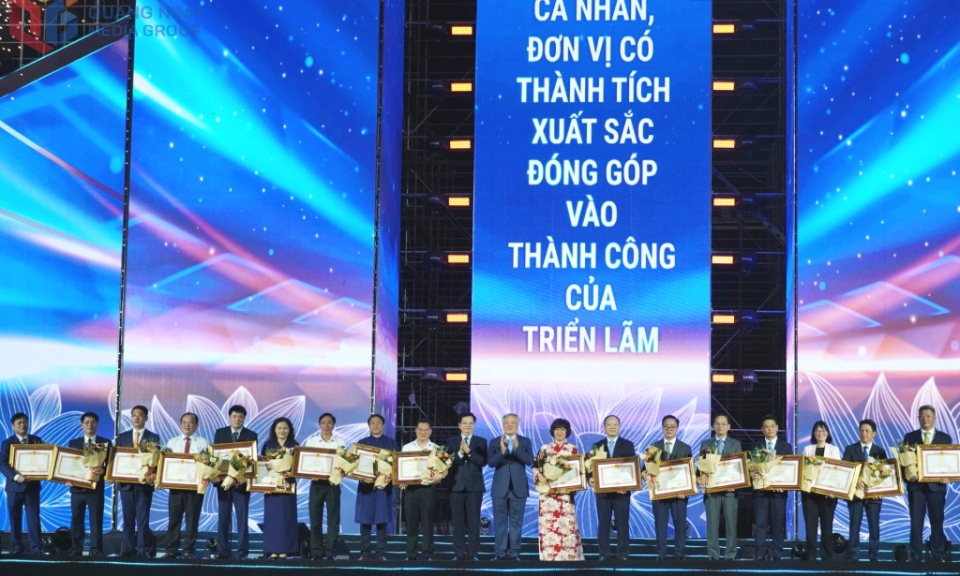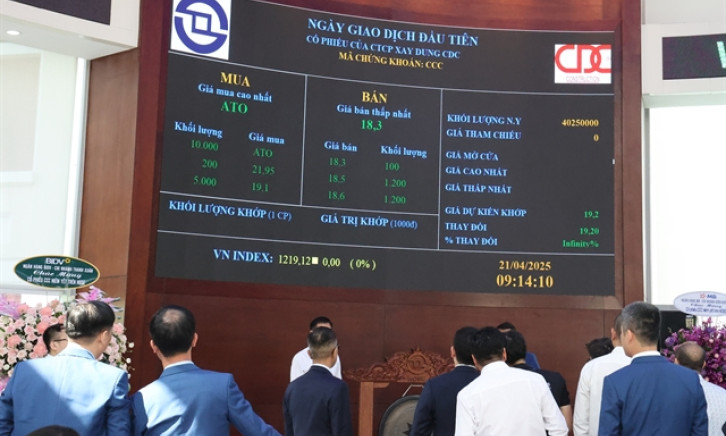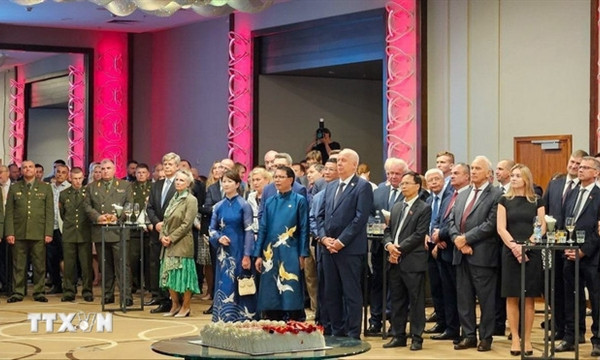Lights, camera, collaboration: fostering Việt Nam's film industry
Through the language of cinema, Việt Nam wants to widely introduce international friends to a prosperous country, the diversity in cultural identity, as well as the hospitality of the Vietnamese people.
In the era of globalisation, international cooperation and integration play a crucial role in not only advancing Việt Nam's film industry but also in promoting the nation's image on the global stage.
In a report to the National Assembly Standing Committee in August 2022, Nguyễn Văn Hùng, minister of Culture, Sports and Tourism, said international cooperation and integration was one of the solutions to enhance cultural industries.
He highlighted the significance of proactively broadening and diversifying cultural diplomacy strategies to turn international cultural interactions into tangible outcomes. Enhancing national culture could also be achieved through selectively embracing the essence of global culture.
“Through the language of cinema, we widely introduce international friends to a prosperous Việt Nam, the diversity in cultural identity, as well as the hospitality of the Vietnamese people,” he said.

Children of the Mist, a documentary directed by Hà Lệ Diễm, which tells the coming of age of an ethnic Mông girl, became the first Vietnamese documentary to be shortlisted for an Oscar in 2022.
Instead of pursuing a traditional cinema degree, Diễm honed her documentary filmmaking skills in 2016 through Ateliers Varan, a programme focused on Direct Cinema, supported by the French Ambassador to Việt Nam. This programme has been instrumental in nurturing Vietnamese documentary talent, with many participants, including Diễm, earning accolades for their work.
“At the start of my filmmaking career, I felt isolated due to a lack of like-minded companions. But during my time at Varan Việt Nam, I gained valuable experience and found colleagues who shared my passion and worked with me on productions,” Diễm said.
Since the country embarked on an all-round renewal process in the 1990s, various cooperative efforts have been initiated to support and develop Vietnamese cinema talents. These initiatives provide young filmmakers with professional support, funding, and resources, helping to amplify Vietnamese voices on the global stage.
Renowned director Đặng Nhật Minh acknowledged the influence of French cinema on his work. “I am very grateful to French cinema for supporting me in showcasing my films in France in the 1990s. The French New Wave movement still strongly influences my cinematic language,” he said.
Not only Diễm, but other young Vietnamese filmmakers who have recently gained recognition at international film festivals have also benefited from annual international cooperation programmes like the CJ Short Film Project and Gặp Gỡ Mùa Thu (Autumn Meeting).
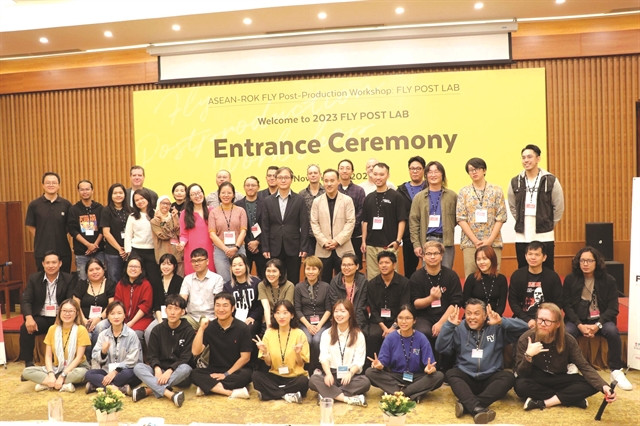
These programmes extend beyond directors and cinematographers, encompassing professionals across all sectors of the film industry, including animation, makeup, and visual effects.
Lê Anh Dy, president of the Việt Nam Association of Film and Animation Visual Effects, highlighted Việt Nam's strong advantages in the visual effects industry, particularly its large, young workforce skilled in adopting new techniques.
"We aim to cooperate with more foreign partners to create opportunities for young talents to meet international standards. As our proficiency in visual effects grows, we see the potential for partnership with numerous local companies and expansion into international markets," Dy said.
Co-production opportunities
“Việt Nam offers strong unique selling points for foreign investment in the film industry: unexplored scenic landscapes, a rich history and culture for compelling stories, and affordable labour and living costs,” said Ngô Phương Lan, chairwoman of the Việt Nam Film Development Association (VFDA).
However, since the early 1990s, when French films about Việt Nam and Warner Bros’s Kong: Skull Island were filmed here, the country has struggled to attract major film co-productions.

Nguyễn Thị Thu Phương, director of the Việt Nam National Institute for Culture and Arts, identified the lack of incentives and policies as a bottleneck in attracting investment.
“While we aim to elevate cultural industry alongside economic and social fields, the current policy framework lacks mechanisms to support them. I hope we can soon revise the Investment Law to encourage public-private cooperation and foreign direct investment in the film industry,” she said.
Phương suggested that localities could take proactive steps by building film studios, offering production supply packages, and developing local professionals while waiting for the law to be revised.
The central province of Phú Yên has become the first locality in Việt Nam to establish a cinema culture index, which promises to effectively attract both domestic and international film crews.
Last year, the VFDA launched the Production Attraction Index (PAI) to assess the interests of provinces and cities in offering shooting sites for film productions. The index evaluates localities based on five criteria: financial support, information support, field support, legal procedures support, and general local infrastructure.
Phạm Đại Dương, secretary of the Phú Yên Province's Communist Party Committee, said: "We believe that showcasing our stunning landscapes and rich culture through films will allow us to proudly publicise and develop Phú Yên."
Hosting global festivals
Another strategy for localities is to develop international film festivals.
“There is significant potential for growth in the Vietnamese film industry, and establishing a vibrant international film festival scene in Việt Nam is essential for developing the overall film sector,” said Lorna Tee, secretary-general of the Asian Film Alliance Network.
In 2022, the revised cinema law allowed provinces and cities to host their film festivals. Currently, Việt Nam has the Đà Nẵng Asian Film Festival (DANAFF), the Hà Nội International Film Festival, and the HCM City International Film Festival.
“DANAFF supports emerging Vietnamese and Asian filmmakers, showcases high-calibre films to the public, and enhances the reputation of Vietnamese cinema internationally,” Lan said.
International film festivals not only increase the visibility of Vietnamese films but also foster industry connections between Việt Nam and the world, attracting global talent and investment.
“International festivals help us understand Việt Nam’s cinema and discuss shared challenges and interests, fostering collaboration between governments, creators, and investors to bring exceptional work to the screen,” said Jared Dougherty, vice president, director of Public Policy and External Affairs at Sony Pictures Entertainment.
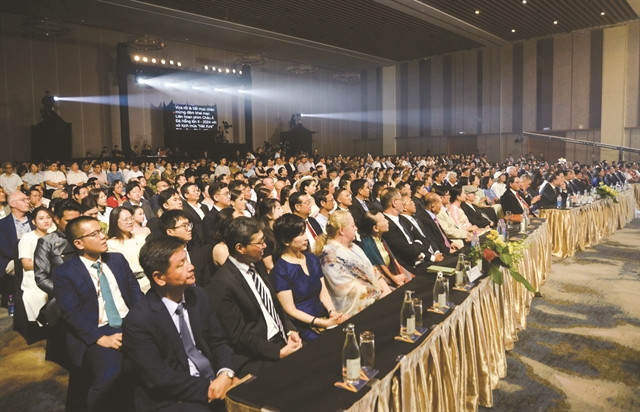
Hosting film festivals provides Việt Nam with an opportunity to simultaneously develop all components of an advanced film industry.
Park Kwang Su, chairman of the Busan International Film Festival, said that festival organisers should have a clear vision and maintain strong relationships with local and central governments and businesses to secure funding and screening licences.
Local authorities could partner with businesses to provide essential film industry facilities and with universities to create film training programmes, nurturing young talent in the city.
“In Busan alone, there are 15,000 students currently pursuing film-related majors. They can also become a savvy and engaged audience supporting the festival and Korean cinema,” he added.
Remaining challenges
Deadline has commented that the Vietnamese film market is the fastest growing in Asia.
The film industry is one of the six most significant sectors of the cultural industries, which are expected to contribute 7 per cent of GDP by 2030, according to a strategy established by the government at the first National Conference on the Development of Cultural Industries last year.
Despite the market’s potential, many experts believe that cultural industries are still in their early stages in Việt Nam.
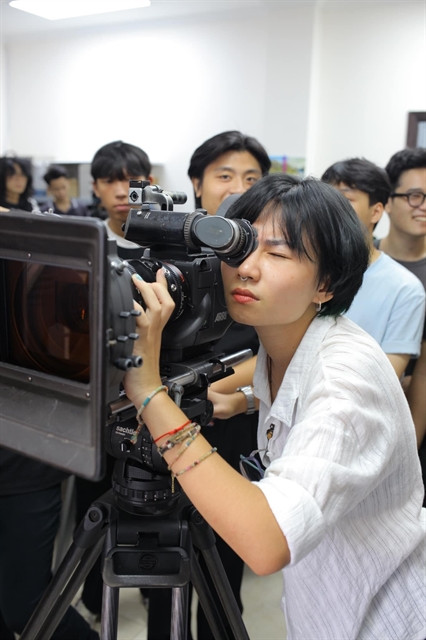
Support for young filmmakers and development in human resources are crucial, but these remain significant challenges for Việt Nam.
Currently, there are only two universities dedicated to theatre and cinema in Hà Nội and HCM City, in addition to the Military University of Culture and Arts, and a few art faculties at other universities. Programmes for aspiring filmmakers are mostly small-scale projects, and many people working in the field are self-taught or amateurs.
Besides the lack of policies to attract foreign firms, the absence of protective measures for domestic enterprises also hinders their ability to compete effectively. This lack of support impacts their market share, cash flow management, and talent retention.
Most Vietnamese visual effects companies are small, with fewer than 70 employees, while foreign companies in Việt Nam often employ over 100, attracting local talent and creating competition for domestic firms.
Ngô Thị Bích Hạnh, general director of Bình Hạnh Đan Media JSC, a film production and distribution company, noted that foreign enterprises dominated the Vietnamese cinema box office, holding 71 per cent of the market share.
“Many domestic box office firms are forced to sell their shares to foreign companies. I hope the government can support cultural enterprises by providing incentives and loans for intangible assets, such as the production and distribution of films,” she said.

